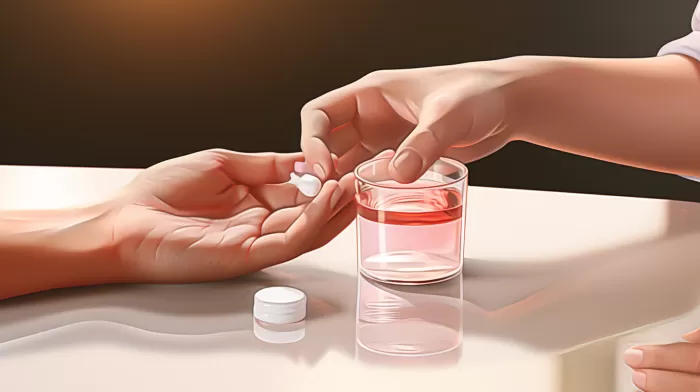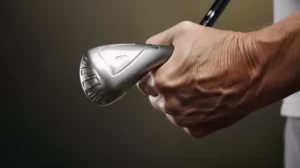If you’re one of the millions of people who have been on long-term pain medications, you probably think that getting off them is impossible. Today, we will explore ways to get off prescription drugs used for pain control and investigate when you can safely choose holistic alternatives for your pain management needs.
Addressing Chronic Pain
After injury or surgery, pain is normal. It is also an indicator of a persistent underlying disease condition. It becomes another discussion entirely when pain is chronic.
For example, consider the most common chronic pains in American adults: low back pain, headache/migraine pain, neck pain, knee pain, or other musculoskeletal pains. In 2011, estimates indicated that nearly 100 million American adults suffered from a chronic pain condition, costing society about $600 billion annually 1.
The easiest way to relieve chronic pain is to take a strong analgesic, but that’s not the only way: and relying only on pain relievers leads down a rocky road. First, address the physical causes of chronic pain, then the emotional and psychological ones. This isn’t because it’s “all in your head,” but because the nervous system is heavily involved in chronic pain.
The statistic that 77 percent of chronic pain sufferers report feeling depressed suggests that these people lack — or choose not to receive — the mental, social, and emotional support they need in their journey to healing2.
Boosting Immune System Response
Infections can be greatly minimized if you have a strong immune system. To keep your immune system strong, focus on nutrient-rich food, consistent exercise, positive emotions, and minimal allergies. While many infections from viruses, bacteria, fungi, and parasites can be resolved with prescription drugs, it’s essential to understand when to use these drugs and when not to.
Your body can typically heal most viral infections and help you recover without a prescription. Chronic viral infections, such as HIV, hepatitis B and C, and sometimes Epstein-Barr, herpes simplex, and cytomegalovirus, are worth using prescription drugs.
With bacterial infections, it’s essential to identify the type of infection and recognize when it’s progressing. Internal organ infections should be treated with prescription medicine, as they can carry the risk of death or loss of a limb if left untreated. For certain external bacterial infections, however, you can use supportive measures.
Fungal infections can also be inhibited by a healthy immune system. Alongside anti-fungal creams or fluconazole, focus on eliminating sugar and antibiotic use and employ a liquid cleanse to give your immune system a welcome boost.
Your Holistic Path
Choosing a holistic approach to managing and reducing pain and infection can give your body the support it requires to improve without relying on prescription drugs. Start by addressing the physical causes of pain, adding mental, social, and emotional support as needed. Prioritize a healthy immune system and appropriate supportive measures to minimize infections and keep your body as strong as possible.
To remember: if in doubt, always consult a healthcare professional before attempting to change your treatment plan.
- Institute of Medicine of the National Academies Report. Relieving Pain in America: A Blueprint for Transforming Prevention, Care, Education, and Research, 2011. The National Academies Press, Washington DC. http://books.nap.edu/openbook.php?record_id=13172&page=5 ↩
- 2006 Voices of Chronic Pain Survey. (American Pain Foundation). Accessed online 12/11/2014 here: http://www.davidmichaelsoncompany.com/Documents/Voices%20of%20Chronic%20Pain%20Report.pdf ↩



